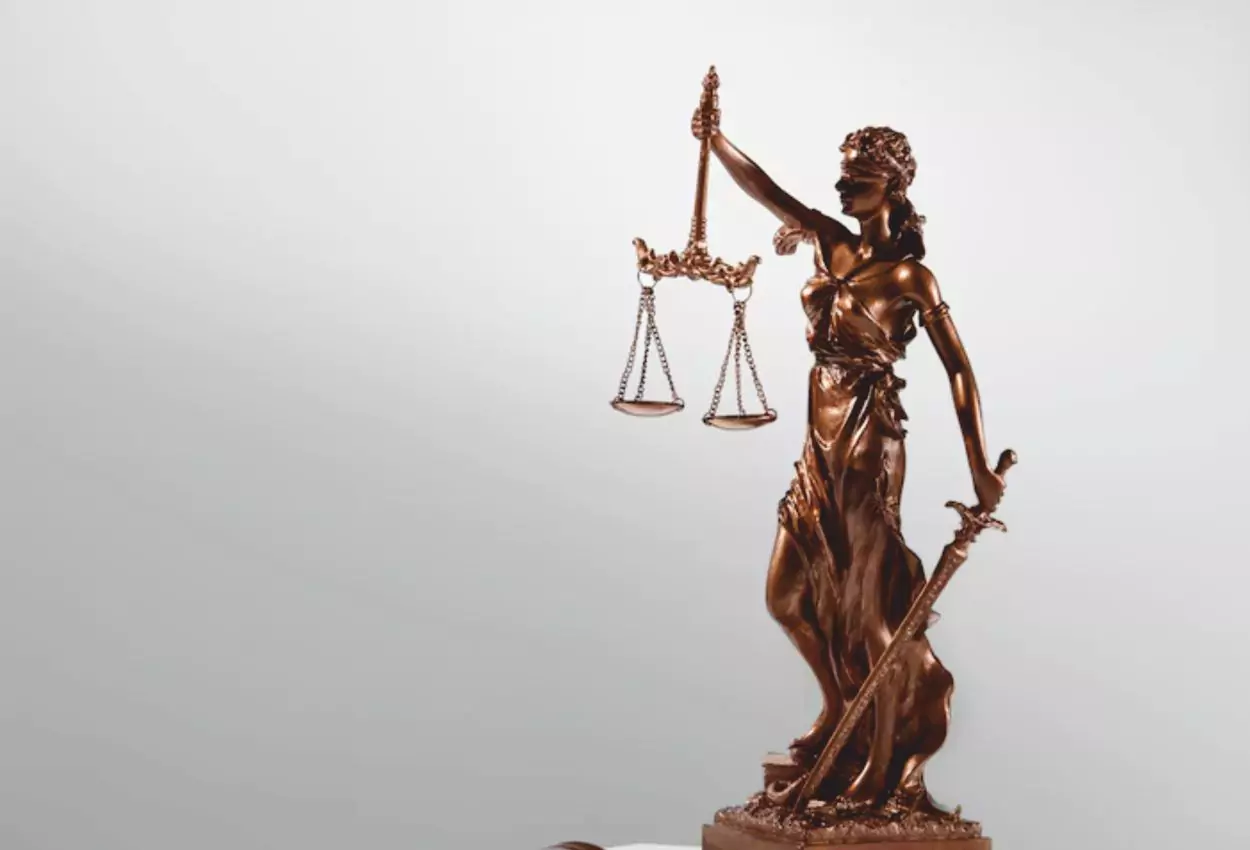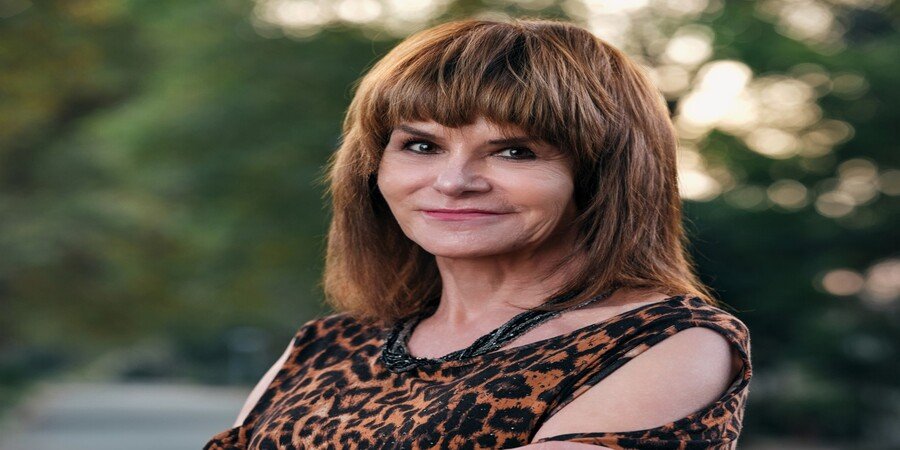The field of international human rights law has been significantly shaped by the contributions of women, whose advocacy and legal expertise have been pivotal in advancing the protection of human dignity, equality, and justice on a global scale. While historically women were often sidelined in legal and political spheres, the 20th and 21st centuries have witnessed a notable shift as women have increasingly assumed leadership roles in shaping the evolution of human rights law. Their work has not only enhanced the understanding of human rights but also broadened the scope of legal protections for marginalized groups.
Early Struggles and Key Pioneers
Women’s involvement in human rights law can be traced back to the early 20th century, where figures like Eleanor Roosevelt played a foundational role in the development of international human rights frameworks. As chair of the United Nations Commission on Human Rights from 1946 to 1951, Roosevelt was instrumental in the drafting of the Universal Declaration of Human Rights (UDHR), adopted by the UN General Assembly in 1948. Her commitment to ensuring human rights for all, regardless of race, gender, or nationality, laid the groundwork for the modern human rights movement.
Roosevelt’s legacy is evident in the UDHR’s inclusion of gender equality as a fundamental right, marking a significant milestone in the fight for women’s rights. However, it was not just in the drafting of foundational documents that women have contributed. In the decades following the UDHR’s adoption, numerous women continued to push for the recognition of specific human rights for women, children, and minorities.
The Rise of Women-Centered Legal Frameworks
As international human rights law evolved, women played an increasingly critical role in advocating for legal instruments specifically focused on addressing gender-based discrimination and violence. One of the landmark contributions was the adoption of the Convention on the Elimination of All Forms of Discrimination Against Women (CEDAW) in 1979 by the United Nations. CEDAW, often described as an international bill of rights for women, was the result of years of advocacy by women’s rights groups and legal scholars. It sets out an agenda for national governments to combat discrimination in all spheres, from education and employment to marriage and politics.
Women’s participation in the drafting and promotion of CEDAW was pivotal. Legal experts such as Radhika Coomaraswamy, a Sri Lankan human rights advocate, played crucial roles in its formulation, ensuring that the treaty addressed issues such as domestic violence, trafficking, and access to healthcare, issues that disproportionately affect women globally. CEDAW’s implementation has encouraged countries to adopt domestic laws that promote gender equality, while its monitoring body, the CEDAW Committee, continues to hold governments accountable for their commitments.
The Role of Women in Shaping Human Rights Institutions
Women have not only contributed to the drafting of legal documents but have also taken leadership roles in shaping international human rights institutions. One prominent example is Fatou Bensouda, who served as the Chief Prosecutor of the International Criminal Court (ICC) from 2012 to 2021. As the first woman and first African to hold this position, Bensouda’s leadership at the ICC represented a critical shift in how international law deals with war crimes, genocide, and crimes against humanity. Her work in securing justice for women, children, and other marginalized groups in conflict zones has had a profound impact on the prosecution of sexual and gender-based violence in international law.
Similarly, in 2000, the United Nations Security Council adopted Resolution 1325, which recognized the role of women in the prevention and resolution of conflicts. This resolution was a direct response to the growing evidence of women’s underrepresentation in peacebuilding and post-conflict reconstruction efforts. Women’s contributions in peacekeeping operations and post-conflict recovery have been increasingly recognized as vital to sustainable peace. Pioneering leaders such as Leymah Gbowee, who helped lead Liberia’s women’s peace movement, have shown how women can be central to the creation of lasting peace in war-torn regions.
Advocacy for Women’s Rights: A Global Movement
Across the globe, women continue to push for the expansion of human rights protections and the recognition of women’s rights as human rights. Feminist legal scholars and activists, such as the late Kimberlé Crenshaw, have been instrumental in developing the intersectionality framework, which explores how race, gender, class, and other factors intersect to create complex layers of discrimination. Crenshaw’s work has influenced the way that human rights law addresses the needs of women who face multiple forms of discrimination.
In the field of reproductive rights, women like Margaret Sanger, who advocated for birth control and women’s health in the early 20th century, have laid the foundation for ongoing battles for reproductive justice. While the work in this area continues, international bodies such as the UN Human Rights Committee have gradually recognized reproductive rights as a key component of women’s human rights, reflecting a broader understanding of women’s autonomy over their bodies and lives.
Conclusion
Women’s contributions to international human rights law have been essential in shaping a legal landscape that is more inclusive, equitable, and responsive to the needs of women and other marginalized groups. From the creation of foundational legal documents like the UDHR to the adoption of CEDAW and the leadership of women in institutions like the ICC, women have played a transformative role in advancing human rights. As the global struggle for gender equality and human dignity continues, the ongoing efforts of women in the legal field will undoubtedly shape the future of international human rights law, ensuring that the rights of all individuals—regardless of gender, race, or background—are upheld and protected.



